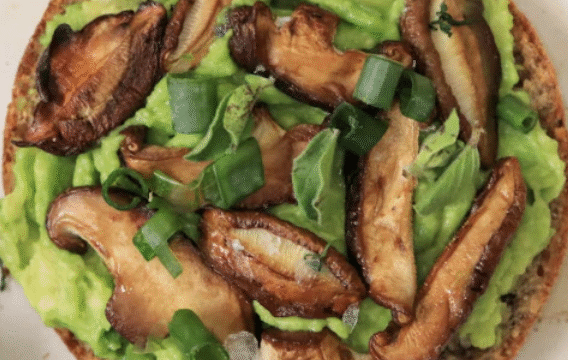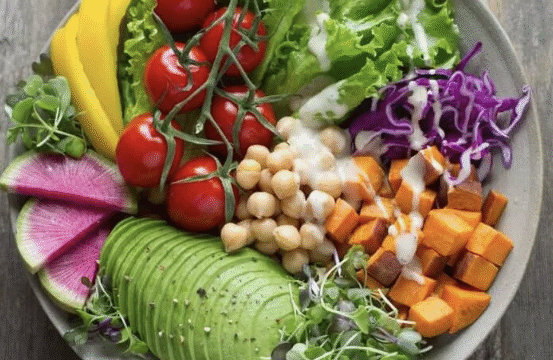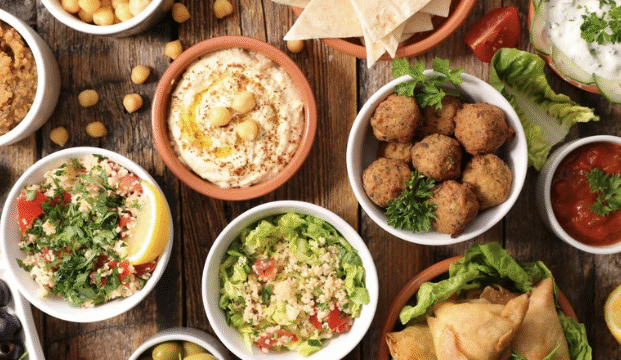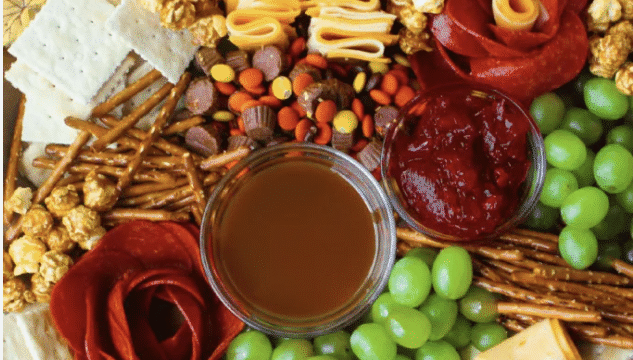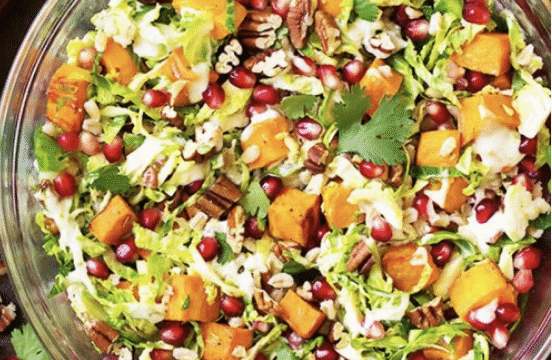Helping children build healthy eating habits starts with how much they eat—especially when it comes to snacks. Portion control isn’t about restricting food but about teaching kids to listen to their hunger cues and enjoy food in balanced amounts. These simple, parent-approved tips make it easier to serve just the right size every time.
1. Use Kid-Sized Dishware
Serving snacks in child-sized bowls or plates helps set realistic expectations for portion sizes. Oversized containers can lead to overeating without kids even realizing it.
2. Pre-Portion Snacks Ahead of Time
Divide bulk snacks like crackers, popcorn, or dried fruit into single-serving containers or bags. This helps avoid mindless munching and makes grab-and-go snacks more convenient.
3. Follow the “Hand Rule”
Use your child’s hand as a general guide for portions:
-
Fist = a serving of fruit or vegetables
-
Palm = a serving of protein
-
Cupped hand = a serving of grains or cereal
This method keeps things age-appropriate and practical, no measuring cups required.
4. Pair Snacks with Protein or Fiber
Instead of letting kids fill up on carbs alone, balance their snacks with protein or fiber—like apple slices with peanut butter or whole-grain crackers with cheese. These combos keep them full longer and reduce the urge to over-snack.
5. Serve Snacks at the Table
Encourage snack time at the table, not in front of screens. This helps kids pay attention to what and how much they’re eating—and gives you a chance to model healthy habits.
6. Avoid Eating Directly from the Package
Eating straight from a bag of chips or box of cookies makes it hard to keep track of portions. Pouring a serving into a dish helps prevent overeating.
7. Stick to a Snack Schedule
Offer snacks at consistent times to reduce constant grazing throughout the day. Regular mealtimes and snack breaks help kids recognize when they’re truly hungry or just bored.
8. Teach Kids to Listen to Their Bodies
Ask questions like, “Is your tummy still hungry or starting to feel full?” This encourages mindful eating and helps children develop a healthy relationship with food early on.

